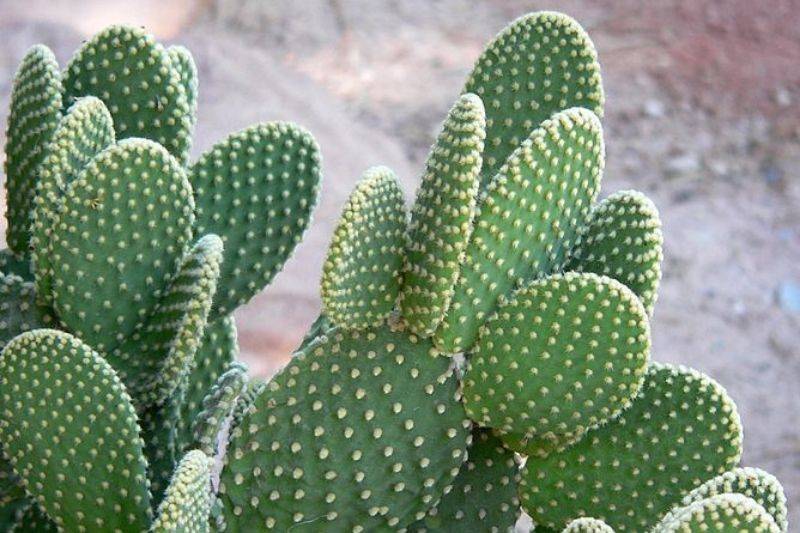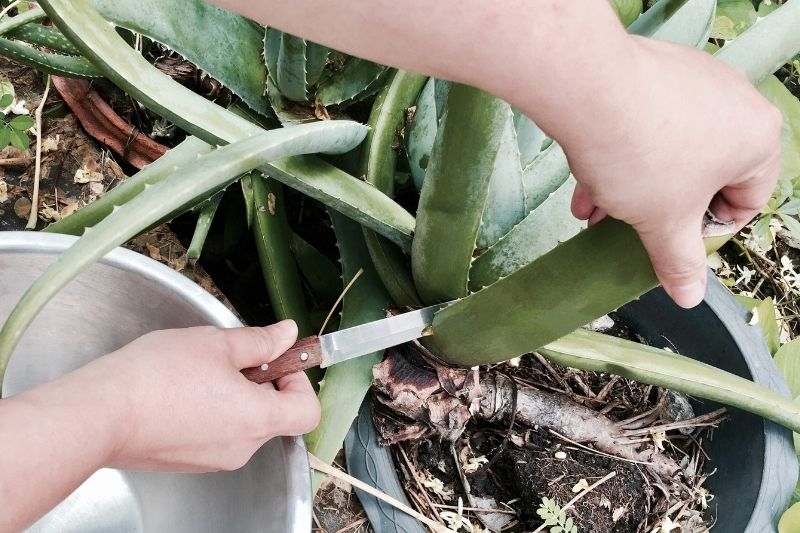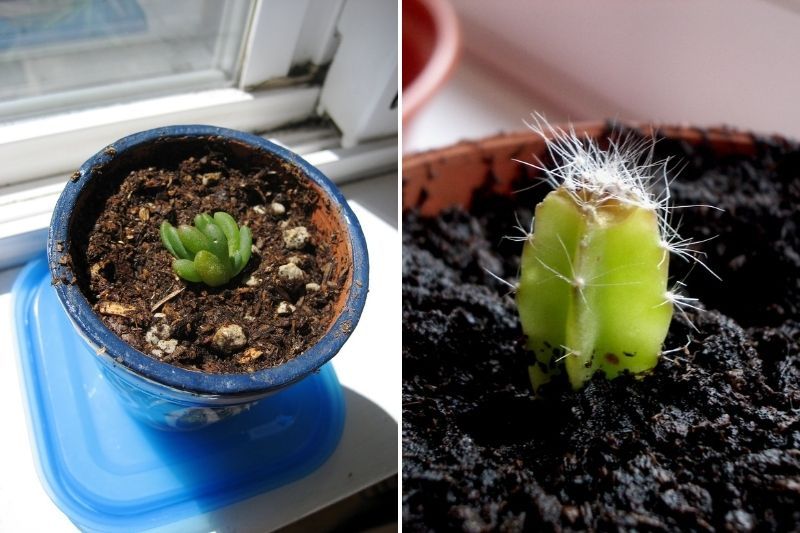If you love exotic or Mediterranean atmospheres, cacti and succulents, sometimes also called fleshy plants, are among the plants to include in your garden or indoors. Aloe, Agave, Sempervivum, Echinopsis, Opuntia, …, cacti and succulents come in a wide variety of shapes, sometimes amusingly resembling candles, balls, prickly pears, or small cabbages. And when they flower, these plants burst into vibrant, cheerful colours.
Accustomed to extreme living conditions, particularly the absence of water, cacti and succulents are easy to care for. They simply need sunlight, warmth, and well-draining soil to thrive. And to propagate them, the cutting technique works well. It’s also a great way to save a declining cactus. Another advantage of propagation by cuttings is that the daughter plant will be identical to the parent plant from which the cutting was taken. Discover our tips for taking cuttings of your favourite cacti and succulents!

Which Plants to Propagate?
Most cacti and succulents can be propagated by cuttings, but the most suitable for this technique are Opuntia, Cereus, and Mammillaria.

Opuntia microdasys (Photo Wikipedia)
When to Propagate Cacti and Succulents?
The best time to propagate your cacti and succulents is from mid-spring to early summer, between April and July.
How to Propagate Cacti and Succulents?
Here are the key steps to follow for successful cuttings:
- Selecting the Cutting: Choose a healthy stem or leaf from the parent plant. Opt for parts showing no signs of disease or damage. The type of piece taken depends on the succulent or cactus in question. This piece could be a prickly pear for Opuntias, a fleshy leaf for succulents like Sedums, a bulblet for Kalanchoe daigremontiana, an offset for Aloes and Agaves, or a section of stem (10 to 15 cm long) as with Cereus or columnar cacti. If the plant has thorns, wear thick gloves for this task or use folded newspaper to handle the plant.
- Cutting and Drying: Use a clean, sharp knife to make a clean cut when taking the cutting. Then let the cut part dry in the open air, in a dry and cool spot, away from direct sunlight, until a callus forms over the cut surface, indicating healing.
You can dust the wound with charcoal powder to prevent disease. The drying phase can last from 1 week to several months, depending on the species.

Cutting an Aloe vera offset
- Preparing the Substrate: Use a specific potting mix for cacti and succulents, ensuring good drainage. Fill a pot with drainage holes with this substrate.
- Planting: Insert the dried cutting into the prepared substrate by pressing it 1 cm deep, firming the soil, and, if needed, propping up the plant piece. For leaves, simply lay them on the substrate.
- Watering: After planting, lightly water the substrate to moisten it without saturating it. Subsequently, maintain slight moisture without overwatering.
- Placement and Observation: Place the cutting in a dry, well-lit spot but away from direct sunlight, at a temperature between 19 and 24 °C.
Monitor the cutting in the following weeks and months, looking for signs of new root development or growth.
- Post-Rooting Care: Check that rooting has been successful before repotting. To test if the cutting is well-rooted, gently tug on it to feel the resistance of the roots. This can take between 3 and 12 weeks.
Once the roots are well-established and the plant shows signs of growth, continue standard care for cacti and succulents, adjusting watering and sunlight exposure according to the specific needs of the species.
By following these steps, you’ll increase the success rate of your cacti and succulent cuttings, making it easy to add new varieties to your collection.

Cutting of a succulent (Photo Mariko) and a cactus (Photo Maria Keays)
Explore our full range of cacti and succulents!
































Comments